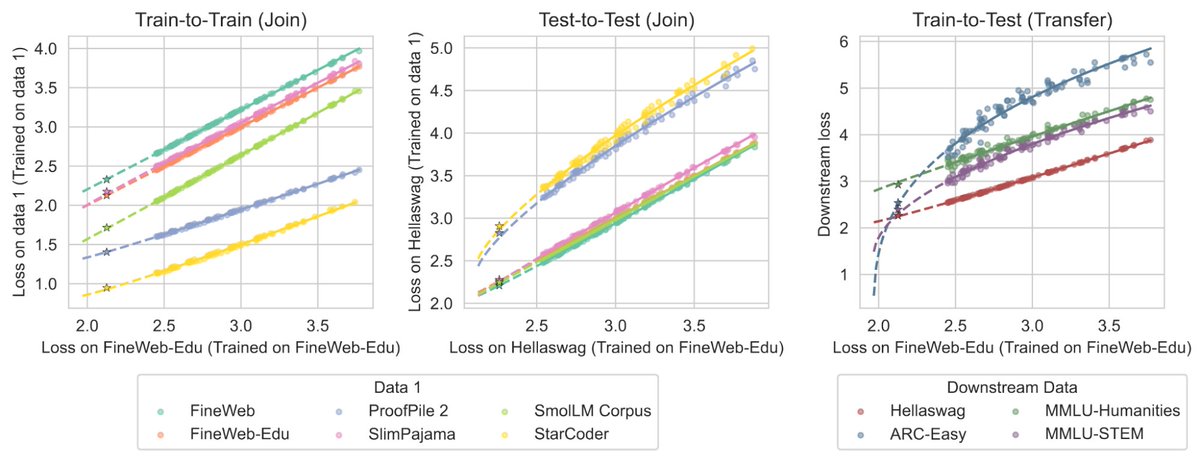
Nikhil Vyas
@vyasnikhil96
@OpenAI Prev: Postdoc at Harvard, PhD @MITEECS.
ID: 3316896696
https://nikhilvyas.github.io/ 16-08-2015 15:09:23
160 Tweet
752 Followers
609 Following









Today some of my ex and new colleagues are hosting AlgoPerfy workshop algoperf-workshop.github.io I will drop by and participate in a panel tmmrw. David Kanter asked if he could use the fact that the area chair for ICLR called our work and timings on distributed shampoo useless about





